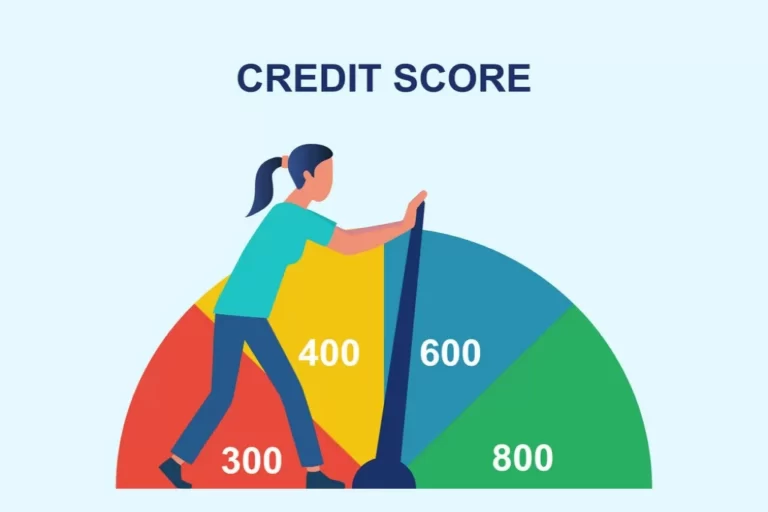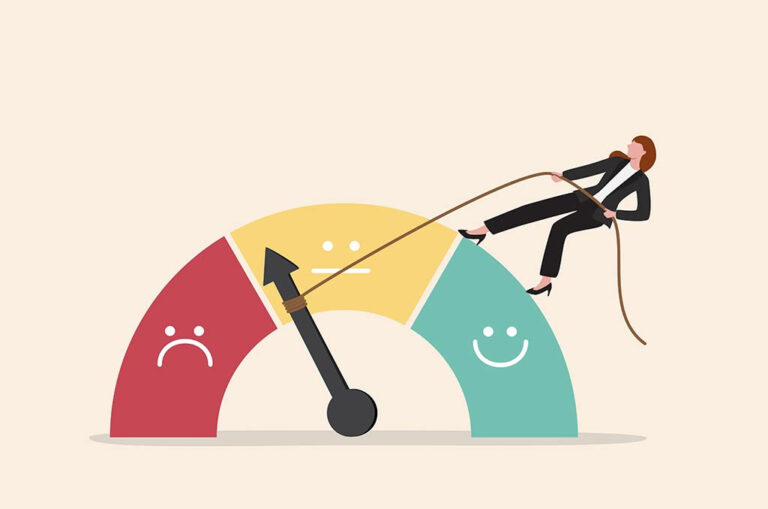Your credit score plays a role in many areas of your financial life, from opening a credit card to signing up for insurance. Unfortunately, a bad credit score can hold you back in many ways and can cost you thousands of dollars in additional interest and other costs.
If you’re wondering, “Is 315 a good credit score?” the answer might surprise you. Unfortunately, a 315 credit score is among the lowest possible. It could make it challenging to open a credit card, get a loan, or even rent an apartment. But if you have a credit score that low, there are steps you can take to improve it.
315 Credit Score: Is It Good Or Bad?
A question many of us wonder about: Is a 315 credit score considered good? The answer is, unfortunately, no.
A credit score of 315 isn’t a good credit score. In fact, according to the FICO credit score ranges, 315 is considered a poor credit score and is nearly the bottom of possible credit scores.
Credit scores range from 300 to 850 and fall into the following ranges:
- Poor: 300-579
- Fair: 580-669
- Good: 670-739
- Very Good: 740-799
- Exceptional: 800-850
In addition to being considered a poor credit score, 315 is also much lower than the national average. In 2023, the average FICO score was 718, according to the credit bureau Experian. To have a score in the 300s, it’s likely someone would have many negative marks on their credit report, including defaulted accounts and/or bankruptcy.
Can I Get A Credit Card With A 315 Credit Score?
Given your credit score of 315, you might wonder, Is 315 a good credit score for getting a typical credit card? Unfortunately, typical credit cards are probably not going to be within reach.
You might, nonetheless, be eligible for a secured credit card. Secured credit cards require a security deposit as collateral, which typically serves as your credit limit. By proving careful use, this deposit reduces the risk for the lender and over time helps you establish credit.
Can I Get A Personal Loan With A 315 Credit Score?
Finding a standard personal loan with a 315 credit score is quite difficult. Many times, lenders find this score to be too hazardous. You might, however, look at secured personal loans, which call for collateral—such as a savings account or vehicle. Sometimes these loans are easier to get as they protect the lender.
What Factors Affect Your Credit Score?
According to FICO, there are five key factors that affect your credit score. Certain factors are more impactful than others and would be more likely to contribute to a poor credit score. These are the five things that make up your credit score:
1. Payment History (35%): This factor is based on whether you make your monthly payments on time. Failing to make on-time payments on all your accounts can have a serious negative impact on your credit score.
2. Amounts Owed (30%): The balance on your accounts will affect your credit score. Having a high credit utilization — meaning using a large portion of your available credit — is a bad sign to creditors and can negatively impact your credit.
3. Length Of Credit History (15%): The longer your credit history, the better. Your length of credit history is made up of the age of your oldest and youngest accounts, your average credit length, and how long you’ve had certain accounts.
4. Credit Mix (10%): Credit bureaus like to see a healthy mix of credit types on your credit report. Examples of types of credit that can help your credit mix include installment loans, credit cards, mortgages, and more.
5. New Credit (10%): Inquiries for new credit appear on your credit report and can negatively impact your credit score. You can improve this category by avoiding applying for many credit accounts in a short period of time.
Lending Options With A 315 Credit Score
Is 315 a good credit score for accessing various lending options?
Unfortunately, a 315 credit score will mean you have fewer lending options than you would with a higher credit score. Here are some loan and credit card options that may be available to you with a credit score of 315:
1. Credit card: If you have poor credit, you may be able to qualify for a secured credit card, which helps people build credit by requiring a security deposit upon signup. You can then use the secured card to increase your credit score until you qualify for an unsecured option.
2. Personal loan: It’s unlikely you would qualify for a traditional personal loan with a credit score of 315. You may be able to qualify for a secured personal loan if you have the assets to do so. While some lenders offer unsecured personal loans to borrowers with poor credit, you would be unlikely to qualify for such a low credit score.
3. Auto loan: Even though an auto loan is a secured loan, meaning the car serves as collateral, is 315 a good credit score for qualifying? You still would have a difficult time qualifying with a 315 credit score.
4. Mortgage: One of the most common questions is, Is 315 a good credit score for getting a mortgage?
Generally speaking, a 500 credit score is the lowest with which you can qualify for a mortgage through the FHA program. There are no mortgage programs that offer loans to borrowers with credit in the 300s.
5. Student loan: Is 315 a good credit score for applying for a student loan?
While you likely wouldn’t qualify for a private student loan with a 315 credit score, you would qualify for a federal loan. Federal student loans aren’t based on your creditworthiness, meaning students of any credit profile can qualify.
How To Improve A 315 Credit Score?
If you have a 315 credit score, there are steps you can take to increase it. The most important thing you can do is use money and credit responsibly. For example, make your minimum payments on time and maintain a low utilization on your credit cards.
Another way to improve your credit score is to check your credit report for negative marks. If you find accounts that are delinquent or in default, you can address them as soon as possible. And if you find errors that may be affecting your credit score, you can dispute them.
Finally, someone with a 315 credit score may have a very thin credit file. If that’s the case, you can improve your credit score by getting access to more credit. For example, you could become an authorized user on someone else’s credit card, open a secured credit card, or use a credit-builder loan to help boost your credit report and score.
One effective resource to help you on this journey is Credit Sesame.
If you’re serious about taking control of your credit score, Credit Sesame is a must-have tool. Not only does it provide free access to your credit score and report, but it also offers helpful resources to help you improve your financial health.
Why Should Your Go-To Be Credit Sesame?
- Completely Free Credit Score and Monitoring-Instantly access your credit score and receive real-time alerts – absolutely free, and no credit card required.
- Sesame Premium Plan – For just $15.99 a month, you get access to advanced tools including identity theft protection and a deeper credit analysis that could really help you to raise your score.
- User-friendly tools – Rack your credit progress daily, see exactly what’s impacting your score, and get personalized recommendations that lead you to the best credit offers available.
Conclusion
A 315 credit score might not seem like a star, but don’t worry – it’s just a starting point. Think of it as a stepping stone towards better things. By making wise financial moves and watching your score grow, you’re opening doors to brighter financial horizons. Remember, every upward step counts on this journey!
Did you take our Reader Survey? If not, it only takes 1 minute and you can take our survey here.
FAQs
A poor credit score is generally considered to be anything 579 or lower. A score between 580 and 669 is fair, and you may still struggle to qualify for loans and credit cards with a credit score in that range.
The lowest credit score to buy a house is 500. While the minimum requirements vary by loan type and lender, FHA loans generally have the most flexible credit requirements, allowing you to get a loan with a credit score as low as 500.
Some of the fastest ways to build your credit are to get up-to-date on any delinquent debts, lower your credit utilization, eliminate any errors from your credit report, and become an authorized user of someone’s credit card with a long and positive payment history.
If you have a poor credit score and make serious efforts to improve your credit score, it is possible to raise it by 100 points in six months. But to do so, you would have to drastically improve your payment history, credit utilization, and other credit factors.









